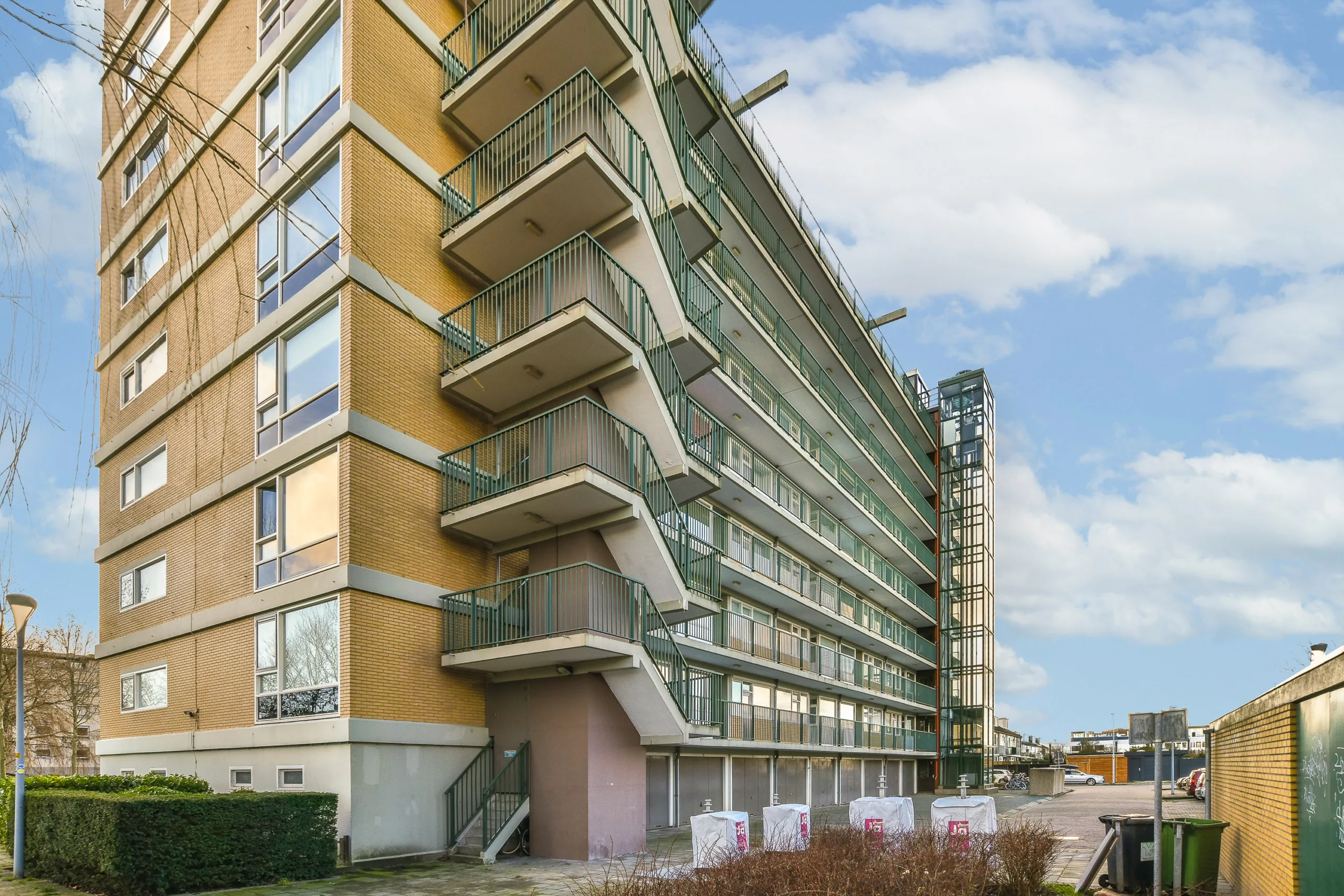Season 4 of the No Cap Podcast continues with Ben Miller, Co-Founder and CEO of Fundrise, one of the most influential alternative-investment platforms in the U.S. Miller joins hosts Jack Stone and Alex Gornik to discuss how he built Fundrise from a small crowdfunding experiment into a multi-billion-dollar investment manager with more than 2M users.
He breaks down how Fundrise scaled from deal-by-deal offerings to registered funds, why macro trends drive most real-estate returns, and how the company’s push into build-to-rent, private credit, and AI-driven data platforms is reshaping its long-term strategy.
Conversation Highlights
Jack: For listeners new to Fundrise, give us the quick pitch.
Ben Miller: We launched in 2012 to democratize alternatives. About 2 million customers invest in real estate, private credit, and venture—now at ~$3.4B of equity AUM—often with a $10 minimum.
Alex: You grew up in real estate—what shaped your view?
Ben Miller: My dad developed retail and later built the Mills malls like Sawgrass Mills. After a tech stint, I returned to development—then 2008 hit. Watching ‘sophisticated’ capital blow up made me rethink relying on institutions.
Jack: How did that lead to Fundrise’s model?
Ben Miller: In 2011 we went to the SEC to raise from the public, initially via Reg A. Deal-by-deal was brittle, so in 2015 we pivoted to funds. Eventually we launched ’40-Act registered vehicles so anyone can buy our funds—even through wealth platforms.
Alex: Investment philosophy in one line?
Ben Miller: In real estate, ~80% of returns are macro beta and ~20% are execution. Getting the where and what right—Sun Belt class-B, urban infill industrial, etc.—matters more than picking the ‘perfect’ individual asset.
Jack: Walk us through the build-to-rent play.
Ben Miller: Pre-COVID we noticed ground-floor ‘house-like’ units leasing fastest. In March–May 2020, homebuilders froze and offered pipelines—we’d just raised ~$1B, tied up thousands of homes across the Sun Belt, and stood up a BTR GP platform. It was operationally intense, so we built software and processes to scale. Today we finance with large credit lines and keep fees thin.
Alex: You also leaned into credit during the 2022 dislocation.
Ben Miller: When securitizations went quiet in Sept ’22, BBB tranches in SFR printed ~15%. We bought whole pieces where the implied cap rates made no sense versus the equity. Being a cross-stack, cross-sector ‘non-label’ buyer let us exploit that window.
Jack: Is private credit still attractive?
Ben Miller: Parts are overcrowded—multifamily debt at near-bank leverage with tight spreads isn’t compelling. Industrial can work. Data-center credit is mispriced because a 2020s AI facility is nothing like a 2000s internet box—Wall Street still lumps them together.
Alex: Where do tech and AI fit at Fundrise?
Ben Miller: We’re ~200 people—about half engineers. We’ve built software from investor onboarding down to property ops, and we’re rolling out realai.com to structure messy CRE data and automate analysis. AI will do ‘half the analyst’s work’ soon—and at scale it’s massively deflationary.
Jack: Your macro outlook?
Ben Miller: Expect a volatile path to lower inflation and rates. As AI eats service-sector labor, it pressures inflation down. We could see recessionary prints before the turn, but on the other side, real estate stands to benefit from cheaper capital.
Watch the full episode on our YouTube Channel or your favorite podcast app.
Tune in weekly for new episodes of No Cap by CRE Daily!

















